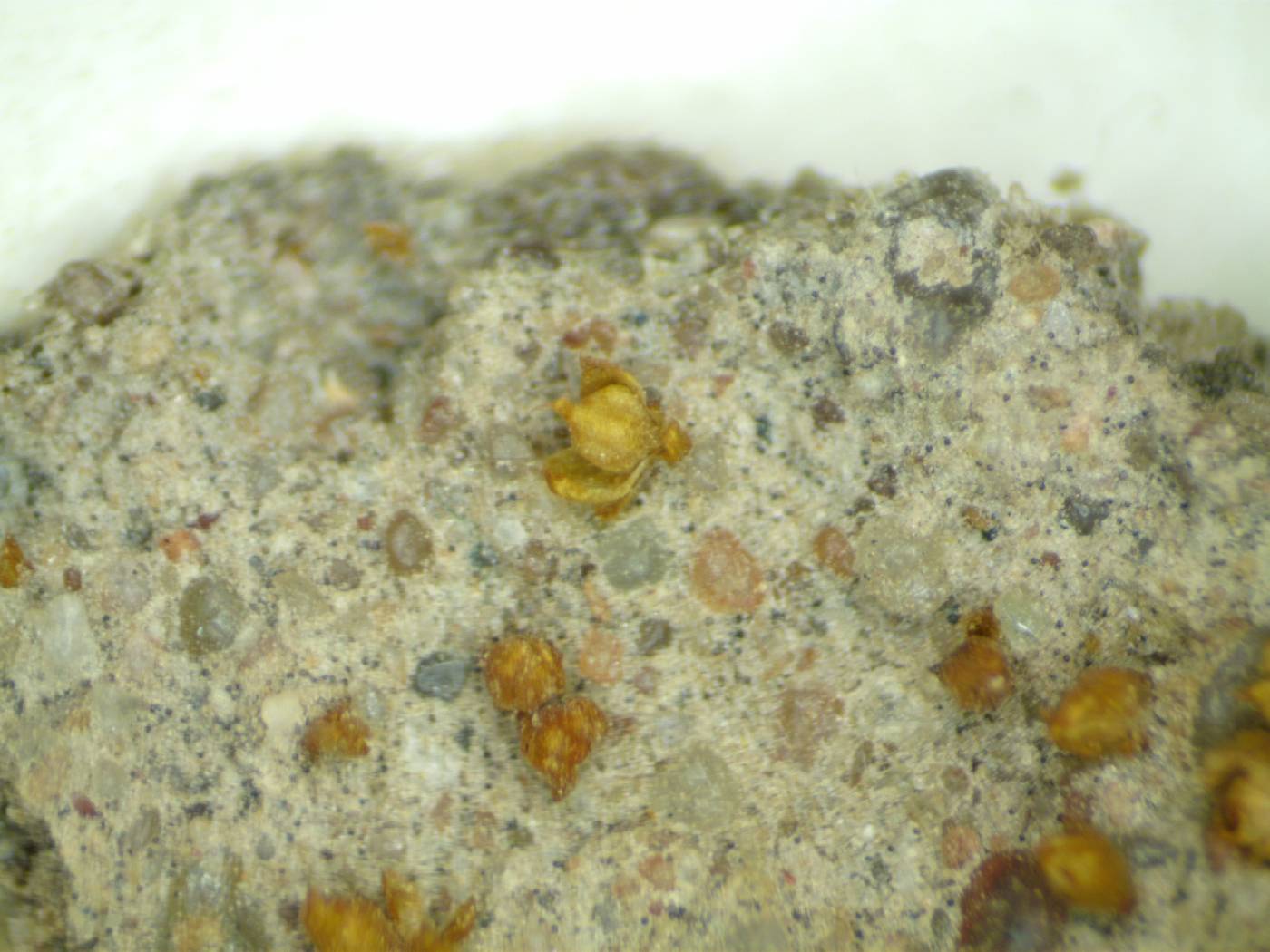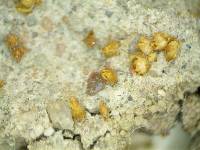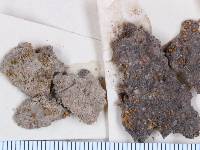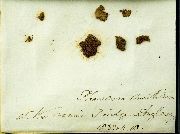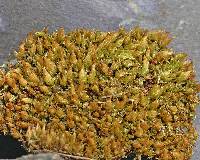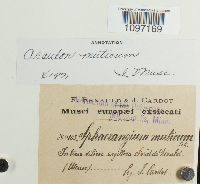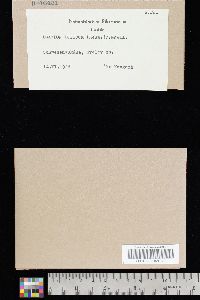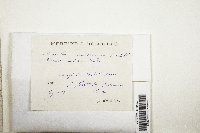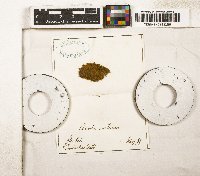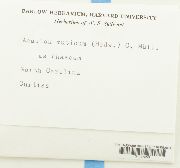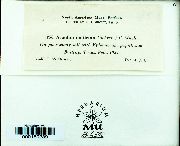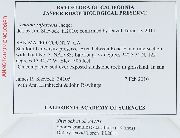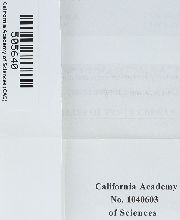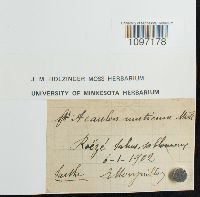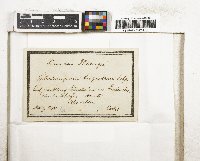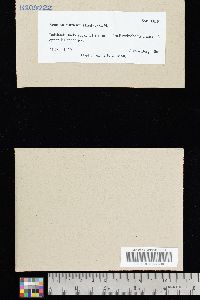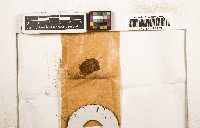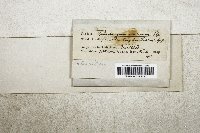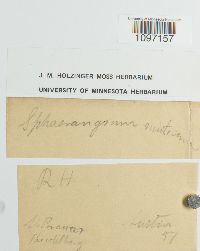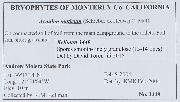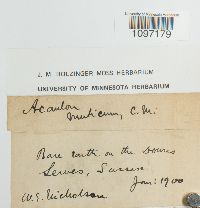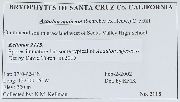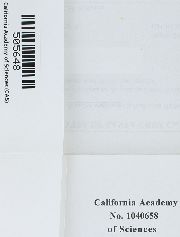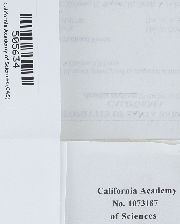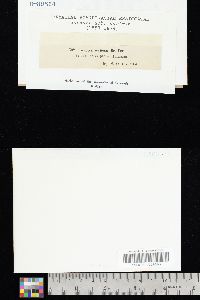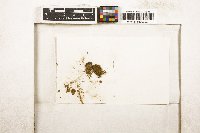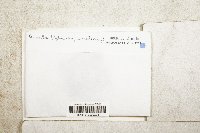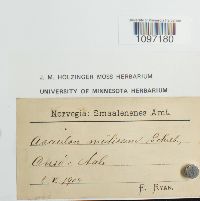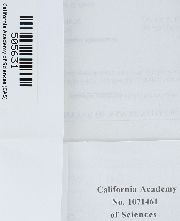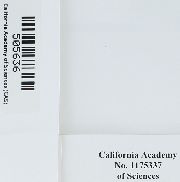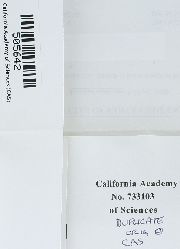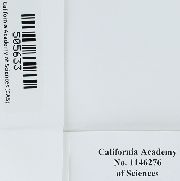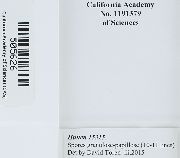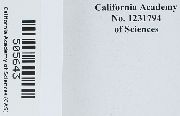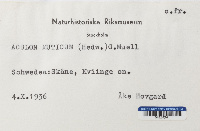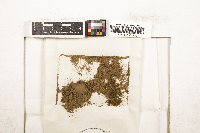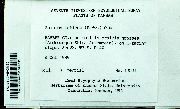
Consortium of Bryophyte Herbaria
- building a Consortium of Bryophytes and Lichens as keystones of cryptobiotic communities -
|
|
|
|
Family: Pottiaceae
acaulon moss, more...acaulon moss, acaulon moss
[Acaulon capense Müll. Hal., moreAcaulon minus (Hook. & Taylor) A. Jaeger, Acaulon muticum var. minus (Hook. & Taylor) Bruch & Schimp., Acaulon muticum var. muticum (Jaeg.) Crum, Acaulon muticum var. rufescens (A. Jaeger) H.A. Crum, Acaulon rubrum Grout, Acaulon rufescens Jaeg, Astomum muticum (Schreb. ex Hedw.) Bayrh., Ephemerum muticum (Schreb. ex Hedw.) Hampe, Phascum bulbosum Voit, Phascum bulbosum var. muticum (Schreb. ex Hedw.) De Not., Phascum mediterraneum (Limpr.) Kindb., Phascum muticum J. Hedwig, Phascum muticum subsp. minus (Hook. & Taylor) Kindb., Phascum muticum subsp. rufescens (A. Jaeger) Kindb., Phascum muticum var. minus Hook. & Taylor, Schistidium muticum (Schreb. ex Hedw.) Mitt., Sphaerangium capense (Müll. Hal.) A. Jaeger, Sphaerangium mediterraneum (Limpr.) Paris, Sphaerangium minus (Hook. & Taylor) A. Jaeger, Sphaerangium muticum Schimp., Sphaerangium muticum var. minus (Hook. & Taylor) Schimp., Sphaerangium rufescens (A. Jaeger) A. Jaeger] |
Plants: elliptic to globose, ca. 2 mm. Stem: leaves cuspidate, broadly channeled; laminal cells smooth. Seta: short, about 0.3 the diameter of the capsule. Spores: spheric to elliptic, 30–50 µm, papillose or nearly smooth. Temperate areas of the Northern Hemisphere, Africa. Varieties 2 (2 in the flora). As H. A. Crum (1969) and A. J. Grout (1939) pointed out, American specimens reported as Acaulon rubrum are A. muticum var. rufescens. These plants are often small, rather three-sided and may be confused with A. triquetrum. The leaves of both varieties stain red, at least in blotches, in KOH, and they intergrade to some extent. Plants: yellow-brown in nature. Spores: densely low spiculose-papillose. Phenology: Capsules mature late fall to spring. Soil, among grasses, pastures. low to moderate elevations. Calif., Iowa, Kans., Mass., N.Y., N.C., Okla., Tenn., Tex., Europe, Asia, Africa. It may be suspected that young plants of both var. muticum and var. rufescens sometimes have smooth, somewhat elliptic spores. A collection from Texas (Bastrop County, Bastrop, F. McAllister, Feb. 1934, A. J. Grout, North American Musci Perfecti 258, UBC) has spheric, heavily papillose spores, 40–45 µm. Specimens with partially smooth spores but a few large granules adherent or scattered through the spore sac (e.g., Oregon, Lane County, Eugene, Alton Baker Park, D. Wagner 1834, Mar. 9, 1978, UBC) are here placed tentatively with the typical variety. A specimen from Iowa (Poweshiek County, Conard & Peck v.11.35, MO) has leaves blotched red in KOH and, variably among capsules, weakly papillose to distinctly crowded-spiculose spores. Plants: yellow- to red-brown in nature. Spores: variably low papillose-punctulose or smooth. Phenology: Capsules mature late fall to early spring. Soil, gravel pit, pasture, lawn. low to moderate elevations. B.C., Ont., Que., Sask., Ariz., Calif., Fla., Ill., La., Md., Mich., Miss., Mo., Nebr., N.J., N.Y., Okla., Oreg., S.C., Tex., Wis., Mexico. A specimen of var. rufescens from New Jersey (Austin 51, UBC) is reddish and has small (ca. 20 µm), round, weakly papillose spores; generally, spore size is not a good character. Another specimen, with large (38–40 µm), round, punctulate spores, is piebald with adherent granules similar to the papillae of var. muticum. One specimen placed here (California, Santa Clara County, Stanford University, W. Schofield 5724, Feb. 23, 1955, UBC), is rather immature, has a greenish cast and smooth, elliptic spores about 28-30 µm. |
Powered by Symbiota.

